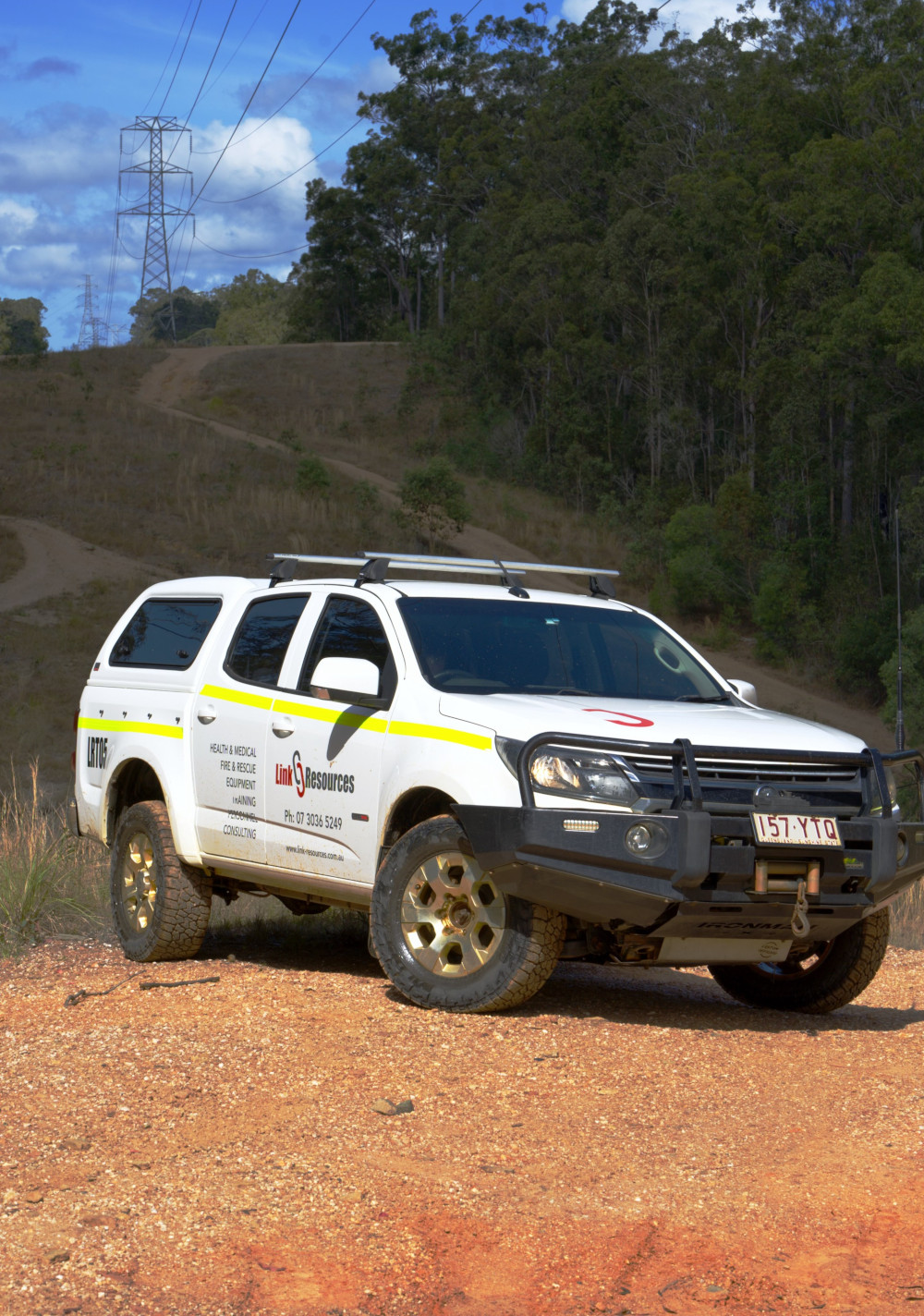Australian 4WD Training can plan, develop and deliver specific course programs for groups or corporations, on request.
We specialise in the design and implementation of client-specific and site-specific driver training and education, helping you meet your business’s specific requirements. If suitable terrain is available, we can make our courses portable, bringing them to you or a training location near you. This lets your staff be trained in locations that reflect their day-to-day use of four-wheel drive vehicles.
On-site training also helps you get minimal disruption to your shift routines, as staff can come to work as they would on a regular day of work, and continue with their work after training is completed.





